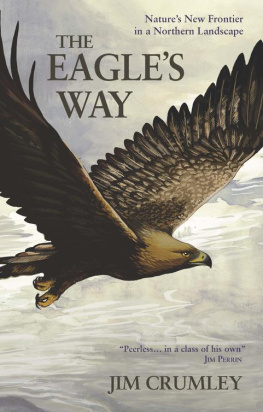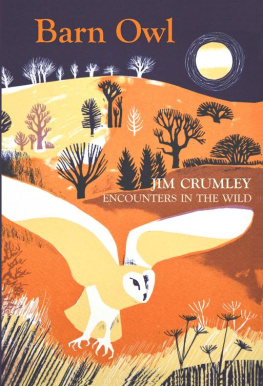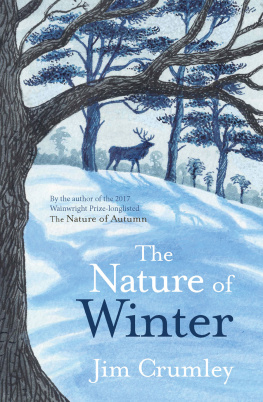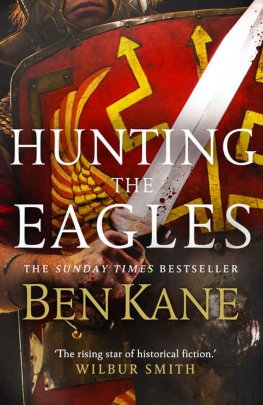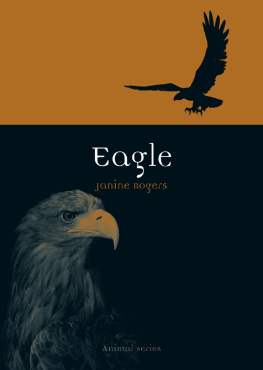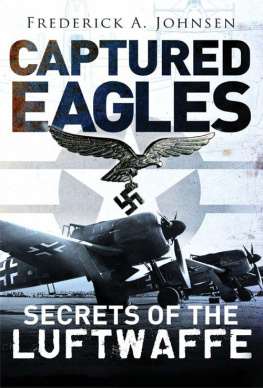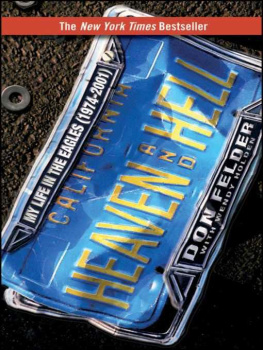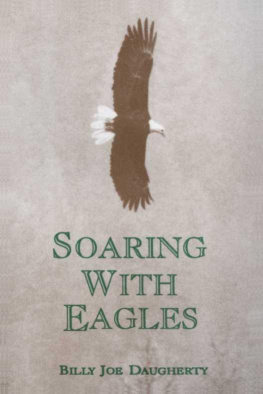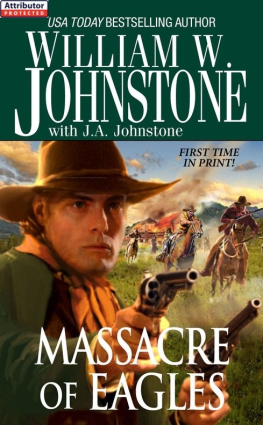Praise for Jim Crumleys nature writing
The best nature writer working in Britain today.
D AVID C RAIG , The Los Angeles Times
At his best hes peerless, in a class of his own among current outdoor writers. J IM P ERRIN , The Great Outdoors
Enthralling and often strident. The Observer
Compulsively descriptive and infectious in its enthusiasm. Scotland on Sunday
The writing remains glowing and compelling. The Countryman
Weaves historical research, fact and narrative, fictional dialogue, philosophical reflection, lyrical prose, nature writing, memoir, apologia, and even some poetry. A LISON M ILLER , Scottish Review of Books
Every well-chosen word is destined to find its way into our hearts and into our minds and into our imaginations. I AN S MITH , The Scots Magazine
With the pen of a poet and the eyes of a naturalist Jim Crumley reminds us of the simplicity of being. We are carried along in a sense of wonder. C AMERON M C N EISH , The Great Outdoors
Jim Crumley, like all the best nature writers, combines his extensive knowledge with respect and awe for the natural world. He brings a soft-voiced poetry to his observations. The Herald
Well-written elegant. Crumley speaks revealingly of theatre-in-the-wild. Times Literary Supplement
Jim Crumley has spent years observing eaglesand writes about them with passion and poetry. M ANDY H AGGITH
CONTENTS
R EMEMBER WELL
Andrew Currie
(1930 2012)
Over the hill and so far away
The eagle is soaring in full feather display
And shes certain and sure in the wide open sky
Of some brave direction that her heart cant deny
D OUGIE M AC L EAN , All Who Wander,
from the album Resolution (Dunkeld Records, 2010).
Published by Lime Tree Arts and Music.
NINE IN THE MORNING and the sun has already gone from the crag. All day now the eyrie will be in shadow. But she is a pale eagle, and she brings to that gloomily overhung north-east-facing rock ledge the luminosity of a ghost. When she settles low in the cup with her one surviving chick, her head is a pale outcrop on the nests steep-sided pile of timbers and greenery, like a cairn on a mountaintop. When she stands and walks to the edge, she is slow and clumsy like a sideways duck; and eerie. When she steps off, flaps twice, and lays her wings wide and still on the mountain air, she sails from shadow into sunlight and she becomes in a transforming moment what ornithology says she is golden.
For a few seconds of level flight she presents her slimmest profile, the taut, unfurled scope of her wingspans leading edge, seven or eight feet of it from wingtip to wingtip, all of it made more memorable by her light tawny pallor.
She begins to cross the glen, pauses in mid-flight to shake herself from stem to stern, scattering the nights dew so that it puts a glittering halo about her that catches the sun, then fades and falls away in shimmering, dimming droplets, and she resumes her easy, level, gliding flight. She is a hundred feet above a certain rock when she banks and looks down, side-headed, at the quiet, mountain-shaded shape that looks up at her, that has been looking at her for hours now. Its watchers eyes see through raised glasses a single golden eagle eye, a glint of hooded amber as the sunlight laves her.
A wide, banking turn realigns her flight from east to south-west, and for a moment the sun lights up her underwings, and there her plumage is almost blonde and almost pale gold, and the watcher on the ground shakes his head in frank admiration. There is wonder at work here.
She turns her back on him, and still without a wingbeat she re-crosses the glen, folding into a shallow glide that builds formidable speed. The only thing that can live with her in this mood is her own shadow, which hurtles ahead of her among rocks and trees, races across the river and starts to climb the glens west flank. Now she is two hundred yards south of the eyrie buttress, and she stalls on the air and drops to a yard above a chaotic terrace of rock, birch scrub and mountain grasses, all of it broken by burns and waterfalls, and there her shadow waits for her. Together they begin to inch south down the glen, rippling over the contours, her shadow always a yard ahead, towing her south. Her airspeed is the nearest that nature will allow her above zero knots; it has slowed and slowed until all that is left now is to stall, but she does not stall, and nor does she pause, and nor does her shadow.
They travel half an unswerving mile together. Then, abruptly, they part. She has flung herself up the face of a shaded buttress and when she climbs beyond it she is a black cut-out bird against the blue-white western sky. She levels out and her wings beat a dozen times as she starts to circle, and as she does so she begins to climb. She climbs and climbs until, in the watchers glasses, she is the size of a blown leaf in an autumn wind, and just when he thinks she is lost to him she eases out of what proves to be the topmost circuit, levels again, half closes her wings and flies east again, bridging the glens tall chasm in seconds, powering over the skyline behind the watchers back, so that he must first twist then stand and turn to follow her flight.
And now she is an absence.
And now the glen has emptied of its most vital life force. She has loaned the watcher five minutes of her time, his reward for an early rise, an hours climb, and four hours of waiting at the base of the rock where she knows he often waits. She does not know why he waits there, for he provides neither threat nor food, nor performs any useful function that she can detect. He is there from time to time and he waits and watches and she is indifferent to that.

With the eagles disappearance, an old familiar doubt descends and hovers over me, a cold cloud of misgiving out of a clear sky. The doubt takes the form of a question: what now? I am earth-bound on the upper-floor of the glen, the eagle is God knows where. Whenever I seek her out, the long hours of her days are mostly far beyond my reach, or she is a huddled pale blur on the eyrie. And on the good days she lends me five minutes of her time. Now I will climb to the watershed, scour the square miles of what I know of her territory, and perhaps our paths will cross again for a few moments or a few minutes more. My idea of her life is gleaned from scraps she lets fall like discarded feathers. I gather them up gratefully, make what I can of their meaning. Yet still I think that she embodies some kind of key for me, the means of my understanding of her world as she sees it, and of her portion of my own territory as I see it.
This matters.
In the wolf-less Scotland I was born into, and where I have lived and worked all my life, this eagle is natures ambassador, the catalyst that stirs wildness into its most primitive endeavours. I think that if I cannot pin down some sense of her place in natures scheme of things (and in my country in my lifetime that scheme of things is deprived of all the prime movers and shakers of northern hemisphere wilderness, and especially deprived of the wolf), I fail myself as a writer and I fail the very landscape where I have set out my stall. I need more from her, but she is eagle and I am a fragment of her landscape, sometimes travelling between known haunts of her territory, like this rock, like a small rowan on the watershed, like that far skyline rock where once I watched her mate sit more or less motionless for four hours. I never rationalised what he was doing there all that time and I learned nothing from him beyond my own limitations as a watcher: he was still there when I left in the dusk (he may have been there all night, and I wish I knew). Hence the old familiar cloud of doubt. It is it should be part of the nature writers condition.

